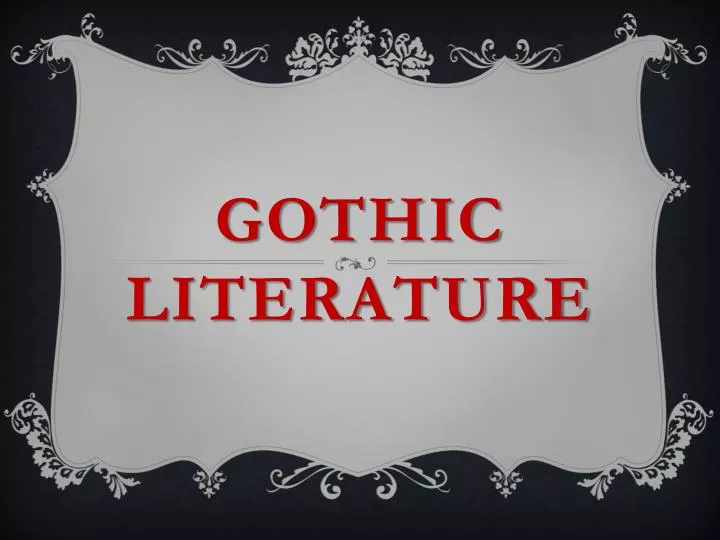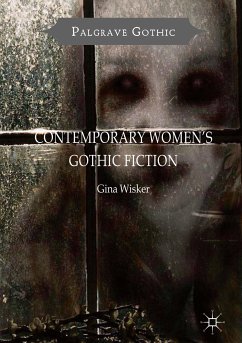
The novel included many of the elements that became associated with Gothic literature: it is set in a castle it has a supernatural element there are damsels in distress, an atmosphere of fear and dread, hidden identities, and missing heirs. When the son is found crushed under a giant helmet, it sets Manfred on a dark path to secure himself a new heir. The Gothic, a literary movement that focused on ruin, decay, death, terror, and chaos, and privileged irrationality and passion over rationality and reason, grew in response to the historical, sociological, psychological, and political contexts of the late eighteenth and early nineteenth centuries.

He has arranged for his son to marry the lovely Isabella. There are four areas of primary information: The Gothic Novel, which contains a brief history of the Gothic form Gothic Resources which includes papers on. Manfred desperately wants to preserve the family line.

There is a prophecy that says that "the castle and lordship of Otranto should pass from the present family, whenever the real owner should be grown too large to inhabit it". The novel tells the story of Manfred, who is lord of a castle. Setting: The setting of a Gothic novel can often rightly be considered a character in its own right. Many readers believed that the novel was in fact an authentic account of something that had happened, rather than fiction. The readers fascination with terrorism has paved the way for another exciting example to help advance this movement. Most Gothic literature contains certain key elements that include: Atmosphere: The atmosphere in a Gothic novel is one characterized by mystery, suspense, and fear, which is usually.

In the work's preface the author pretended that the story was a relic from Italy in the 1500s, found by accident. Usually the setting consists of a castle or manor in an isolated location, away from any city or civilization. The Castle of Otranto – a Gothic Story was first published in 1764. The Gothic Novel is thought to have emerged in the late eighteenth and early nineteenth centuries, inspired by the architectural style of the same name.


 0 kommentar(er)
0 kommentar(er)
